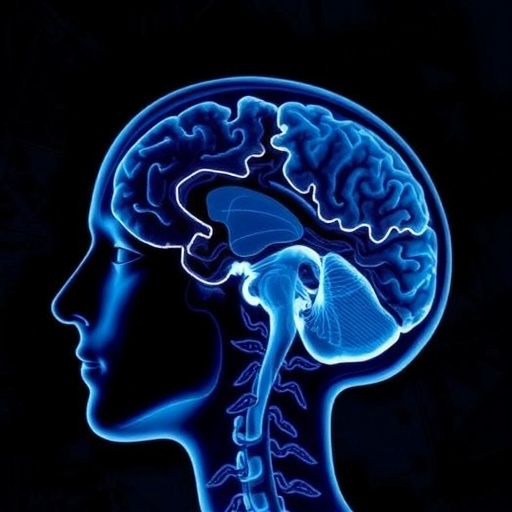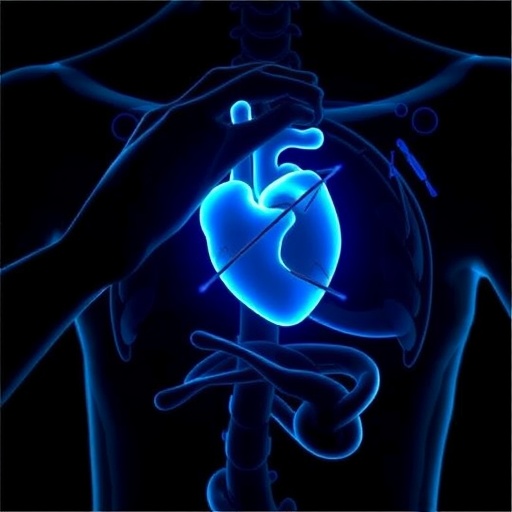What is glare? Simply put, glare is visual discomfort often leading to annoyance, fatigue or even headaches. Perception of glare varies from person to person, and one set of lighting conditions may be comfortable for one person yet uncomfortable for another. But why? Is there a physiological explanation behind this, especially relating to certain individual differences in the eye? The aim is to assess glare risks indoors to promote comfortable, sustainable and healthy environments.

Credit: EPFL / Alain Herzog.
What is glare? Simply put, glare is visual discomfort often leading to annoyance, fatigue or even headaches. Perception of glare varies from person to person, and one set of lighting conditions may be comfortable for one person yet uncomfortable for another. But why? Is there a physiological explanation behind this, especially relating to certain individual differences in the eye? The aim is to assess glare risks indoors to promote comfortable, sustainable and healthy environments.
“Glare is one of the main reasons why people draw the blinds and cut themselves off from daylight,” says Jan Wienold a senior scientist at EPFL’s Laboratory of Integrated Performance in Design (LIPID). “Cutting out natural light through the absence of windows or excessive shading means compensating with electric lighting and removing an important visual connection to the outside.”
More importantly, it also points to light deprivation, which impacts our biological clocks, as light is what sets the rhythms in our body through a photoreceptor in the eye that is more sensitive to blue light.
Marilyne Andersen, who leads LIPID and recently co-curated an art exhibition on chronobiology research, continues, “Light deprivation is one of today’s illnesses. We evolved in the outdoors, but today, we spend 90% of our time indoors which is basically one hundred times dimmer. We become chronically light deprived, while also getting too much light in the evening, a phenomenon known as social jet-lag. We give false signals to our body about day and night, which delays our biological clock, affecting sleep quality but also our immune system, fatigue level or mood. Exposure to screens in the evening, which emit blue light, is on the rise and worsens the equation.”
In a collaborative study between EPFL and the Hôpital Opthalmique Julies-Gonin in Lausanne, researchers exposed 110 participants to filtered daylight in an office-like space, and combined this with specialized eye physiology measurements. First author Sneha Jain, whose PhD was co-supervised by Andersen and Wienold, found that a higher density of macular pigment in the eye – a yellow dietary pigment in the central part of the retina known to absorb blue light – does indeed reduce perception of glare from blue daylight. They also reveal something unexpected about sensitivity to neutrally colored daylight. The results are published in Scientific Reports.
“We were expecting individuals with higher macular pigment density to be better protected from glare caused by blue daylight, because we have a physiological explanation for this. But we were also expecting pigment density to effect glare in neutrally colored daylight which has blue in its spectrum. This is not what we found,” explains Andersen. To their surprise, macular pigment can therefore not explain the variations recurrently observed in people’s glare perception, as there was no significant influence of macular pigment density on glare sensitivity under neutral daylight conditions.
“This is the first study that investigates the influence of macular pigment on glare from natural light,” explains Jain. “Previous studies have investigated glare from a medical point of view by using artificial light sources, which are not representative of day-to-day lighting conditions. We tried to replicate realistic settings, like an office with a window where light comes from everywhere. Studying glare perception in that context is more relevant to real-life situations.”
For the experiment, the participants were exposed to sunlight passing through windows tainted either blue or neutral grey, each with different levels of transmission and with the sun disc in full view. The participant’s experience of glare was assessed in conjunction with selected eye parameter measurements conducted at the Ophthalmic Hospital.
The study is part of a larger SNF funded project “Visual comfort without borders: Interactions on discomfort glare” led by Wienold and exploring several aspects of visual comfort, where researchers are using an interdisciplinary approach to investigate discrepancies between people when it comes to experiencing glare. Wienold, who also developed a robust metric for glare induced by daylight called Daylight Glare Probability (DGP) now adopted in three European standards, says about the study, “Such outcomes help LIPID researchers continue to improve the quality of metrics predicting glare situations in office environments. Glare risks can be anticipated most of the time, but some conditions have high uncertainties, like in the presence of both daylight and electric light, or with colored light. These are research directions we want to explore in the near future”.
Journal
Scientific Reports
DOI
10.1038/s41598-023-45785-x




